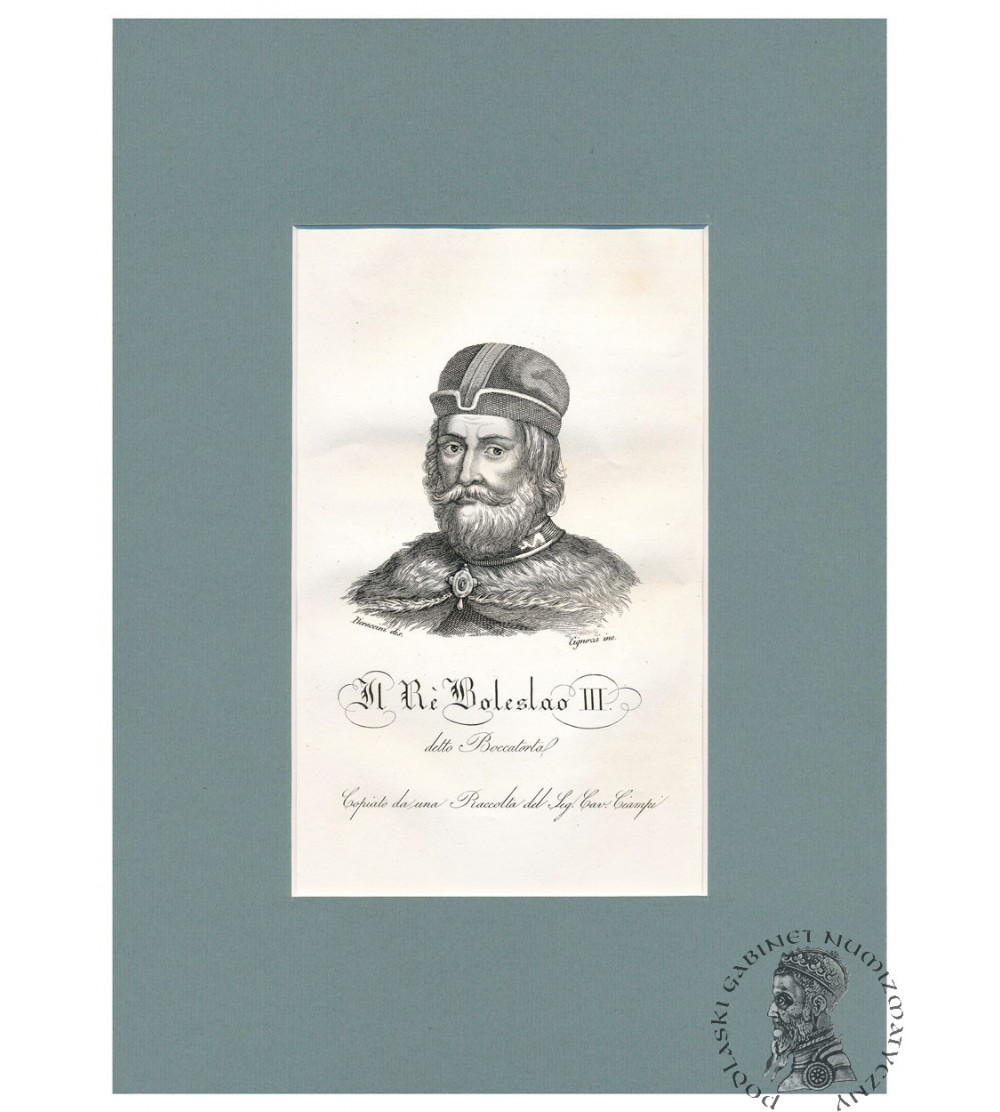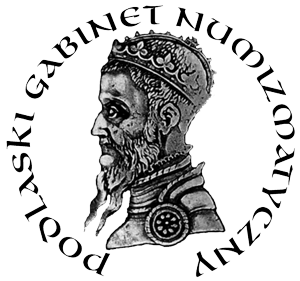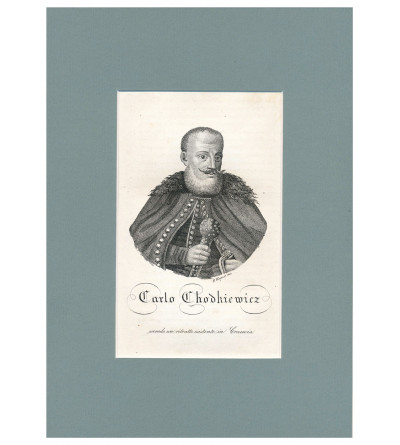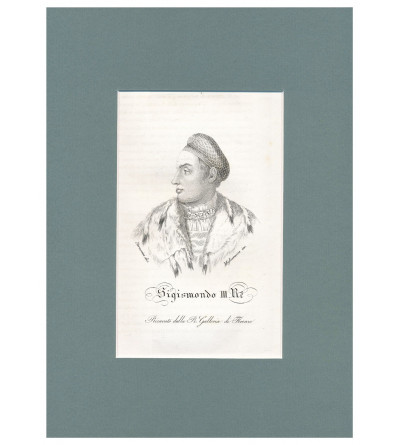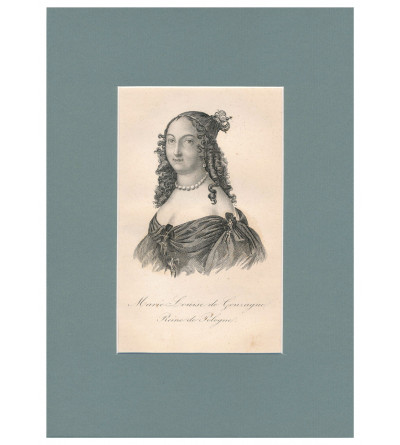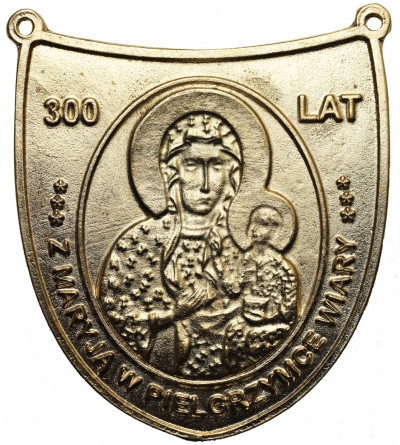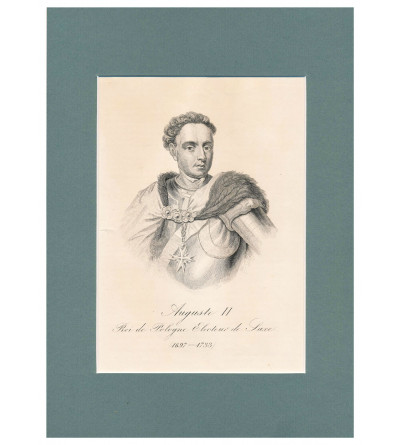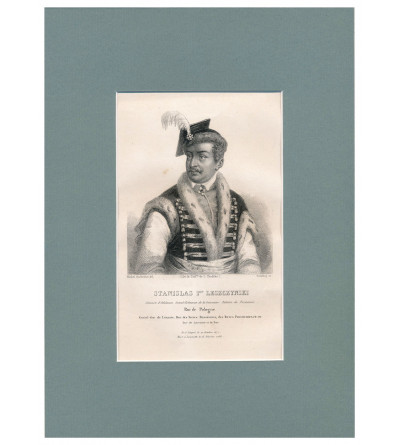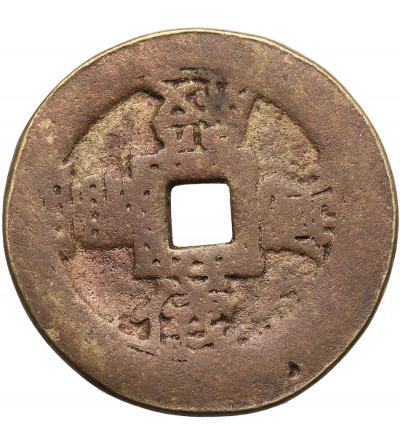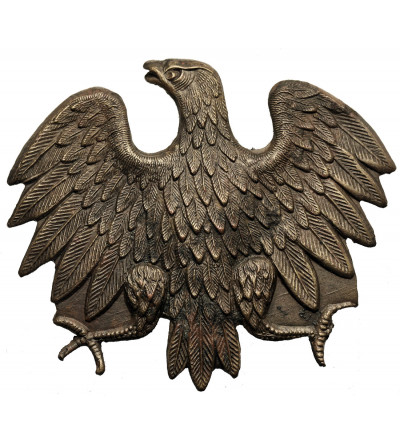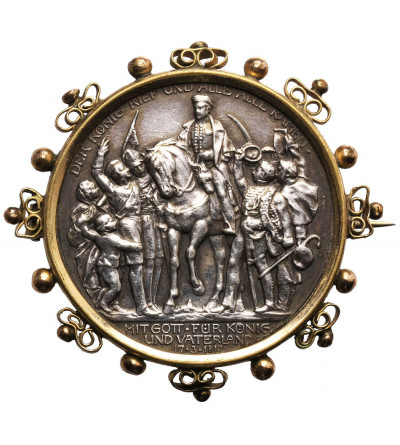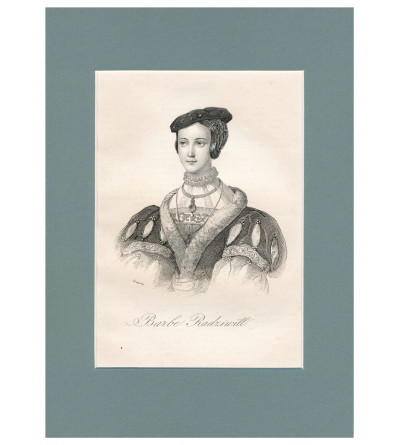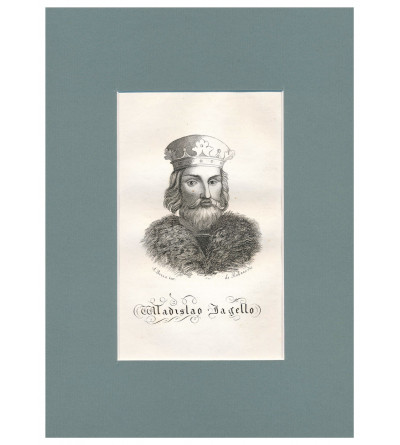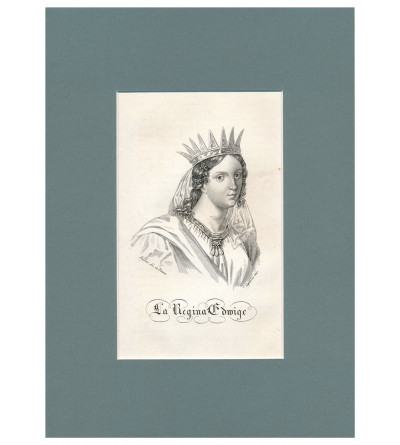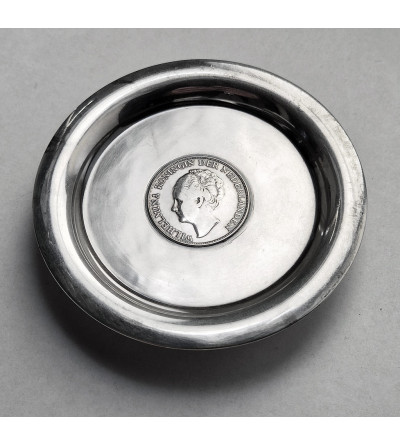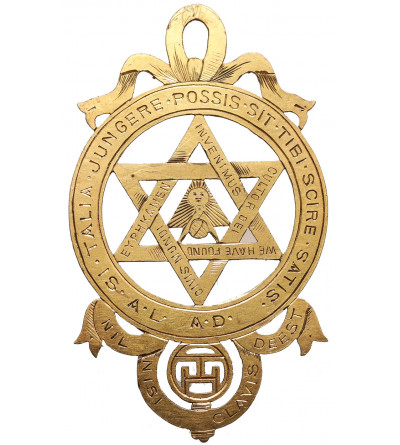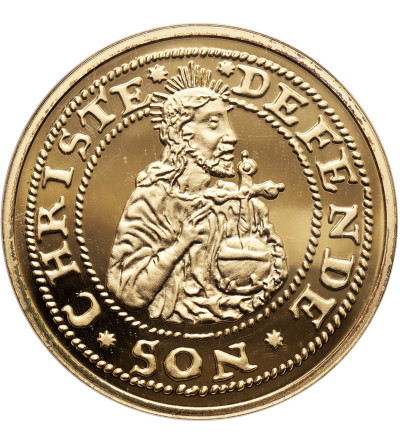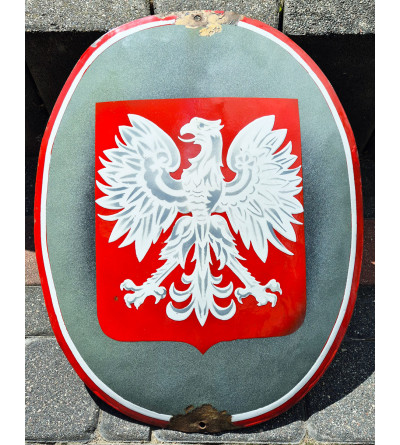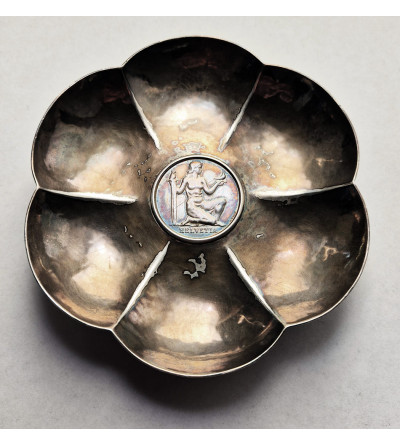Boleslaw III the Wrymouthed (1086-1138) Considered one of the most prominent Piasts, he was an ambitious ruler, valiant and persistent in his pursuit of his goals. He could be cruel, but when the situation demanded it he could also be a skillful diplomat. From an early age he learned the art of war. As a minor, he participated in hunting and war expeditions, during which he showed considerable courage. At the age of 8 he was given possession of the Kłodzko region. Together with his half-brother Zbigniew and the mighty, he plotted and repeatedly acted in arms against his father, Ladislaus Herman. After his father's death, he ruled Malopolska and Silesia, and, having defeated his older brother in a power struggle, the entire country. In 1116-1121 Boleslaw conquered Gdansk and Western Pomerania, and in the last years of his reign he still managed to defend the Polish Church from the imposition of the supremacy of the Archbishopric of Magdeburg, obtaining from Pope Innocent II the famous bull confirming the independence of the metropolis of Gniezno. Boleslaw left Poland sovereign, and in order to ensure harmony between his sons issued a succession law, introducing the principle of principate-seniorate. From then on, the eldest of the Piast dynasty, ruling over the senior district (with its capital in Cracow), was to exercise supreme authority over the junior districts. The nickname "Wrymouth," given to Boleslaw in the 13th century, may have referred to some facial deformity of the prince, but it is possible that it was an expression of remembrance of his perjury to his brother. source: szlakpiastowski.pl
"STORIA DELLA POLONIA" BY BERNARD ZAYDLER - THE HISTORY OF POLAND IN PICTURES TOLD TO ITALY. Title of the work Storia della Polonia fino agli ultimi tempi scritta dal dottore Bernardo Zaydler Polacco membro della Regia Società degli Amici delle Scienze in Warsavia, e di pare-cchie accademie letterarie italiane can be translated as "History of Poland until the last times written by Dr. Bernard Zaydler, a Pole, member of the Royal Society of Friends of Sciences in Warsaw and similar literary academies in Italy." It was published in the Florentine outhouse V. Batelli e Figli, in 1831, that is, during the November Uprising, when the Polish-Russian war was taking place on Polish soil. The "ultimi tempi" mentioned in the title, however, did not include the uprising, and the last chapter of the book was devoted to the flourishing Kingdom of Poland under Czar Nicholas I, whose portrait precedes the title page of the publication. The book consists of two volumes, the first of which has 440 pages and the second 720. The work is illustrated with 107 charts, created in intaglio by Florentine printmakers based on contemporary and ancient engravings. There are also two maps depicting the borders of Poland: pre-partition and from 1831.As Jadwiga Jaworska matter-of-factly describes the book's illustrations, they are "flimsy engravings made by mediocre engravers" . Most of their authors are known mainly from this very publication and only their names, often without first names, fixed in signatures under the compositions, have survived to our times. These included: Corsi , Verico , Adamo Bozza , Nasi, Cignozzi. Among the illustrators, the name of Francesco Pieraccini appears , about whom also little is known. Source: Kamilla Pijanowska, National Museum in Warsaw
